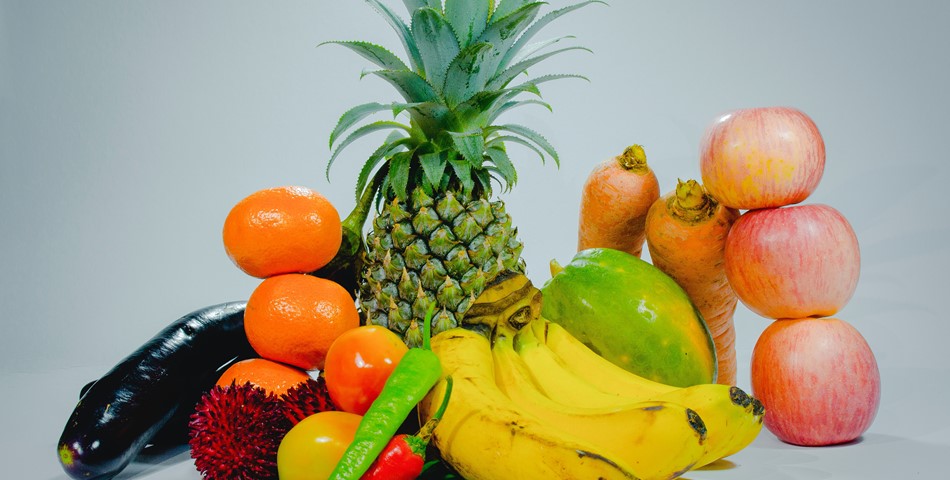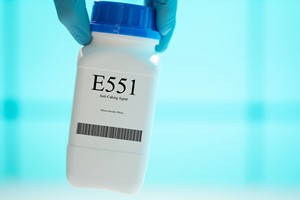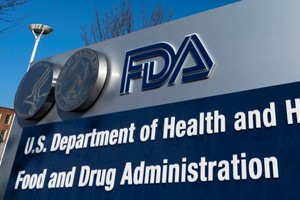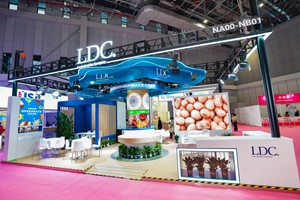Antioxidants are substances that can prevent or slow damage to cells caused by free radicals, unstable molecules that the body produces as a reaction to environmental and other pressures.
They are sometimes called “free-radical scavengers.”
The sources of antioxidants can be natural or artificial. Certain plant-based foods are thought to be rich in antioxidants. Plant-based antioxidants are a kind of phytonutrient, or plant-based nutrient.
According to one study Trusted Source: “Antioxidants act as radical scavenger, hydrogen donor, electron donor, peroxide decomposer, singlet oxygen quencher, enzyme inhibitor, synergist, and metal-chelating agents.”
Other research has indicated Trusted Source that antioxidant supplements may help reduce vision loss due to age-related macular degeneration in older people.
Overall, however, there is a lack of evidence Trusted Source that a higher intake of specific antioxidants can reduce the risk of disease. In most cases, results have tended to show no benefit, or a detrimental effect, or they have been conflicting.
There are thought to be hundreds and possibly thousands of substances that can act as antioxidants. Each has its own role and can interact with others to help the body work effectively.
“Antioxidant” is not really the name of a substance, but rather it describes what a range of substances can do.
Examples of antioxidants that come from outside the body include:
- vitamin A
- vitamin C
- vitamin E
- beta-carotene
- lycopene
- lutein
- selenium
- manganese
- zeaxanthin
Flavonoids, flavones, catechins, polyphenols, and phytoestrogens are all types of antioxidants and phytonutrients, and they are all found in plant-based foods.
Each antioxidant serves a different function and is not interchangeable with another. This is why it is important to have a varied diet.
Rise in investment & product approval by regulatory authorities & surge in demand from food & beverage industry drive the growth of global antioxidants market.
As per the report, the global antioxidants industry was accounted for $3.43 billion in 2020, and is expected to reach $7.37 billion by 2031, growing at a CAGR of 6.9% from 2022 to 2031.
Drivers, restraints, and opportunities
Rise in investment & product approval by regulatory authorities and surge in demand from the food & beverage industry drive the growth of the global antioxidants market. However, disruption of supply chain and outbreak of Covid-19 pandemic hampered the market. On the contrary, rise in population and rise in demand from the pharmaceutical industry would open new opportunities in the future.
Covid-19 scenario:
The Covid-19 pandemic negatively affected the market due to sudden change in lifestyle, health and wellbeing, and decline in manufacturing because of lockdown restrictions.
The import and export restrictions on goods and quarantine disrupted the supply chain.
The synthetic antioxidants segment held the largest share
By type, the synthetic antioxidants segment held the largest share in 2020, accounting for more than three-fifths of the global antioxidants market, due to rise in demand for synthetic antioxidants because of rise in population. However, the natural antioxidants segment is expected to register the highest CAGR of 7.5% during the forecast period, owing to their fewer side effects on health.
By application, the plastic, rubber, & latex additives segment held the lion's share in 2020, contributing to nearly one-third of the global antioxidants market, due to increased use of antioxidants used in the plastic and rubber industry. However, the fuel & lubricant additives segment is estimated to manifest the highest CAGR of 7.4% from 2022 to 2031.
LAMEA, followed by North America, to manifest the highest CAGR by 2031
By region, the global antioxidants market across LAMEA, followed by North America, is expected to register the highest CAGR of 7.3% during the forecast period, due to several health & food problems. However, the market across Asia-Pacific dominated in 2020, holding around one-third of the market, as China is the largest producer of vitamin C.













